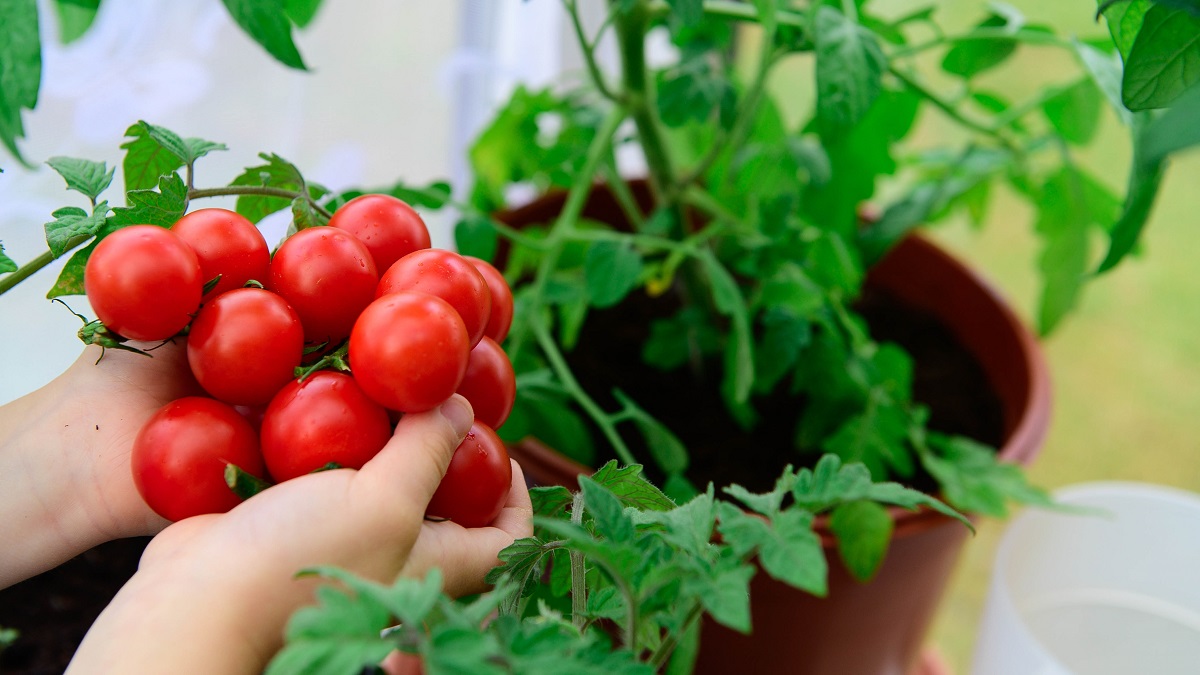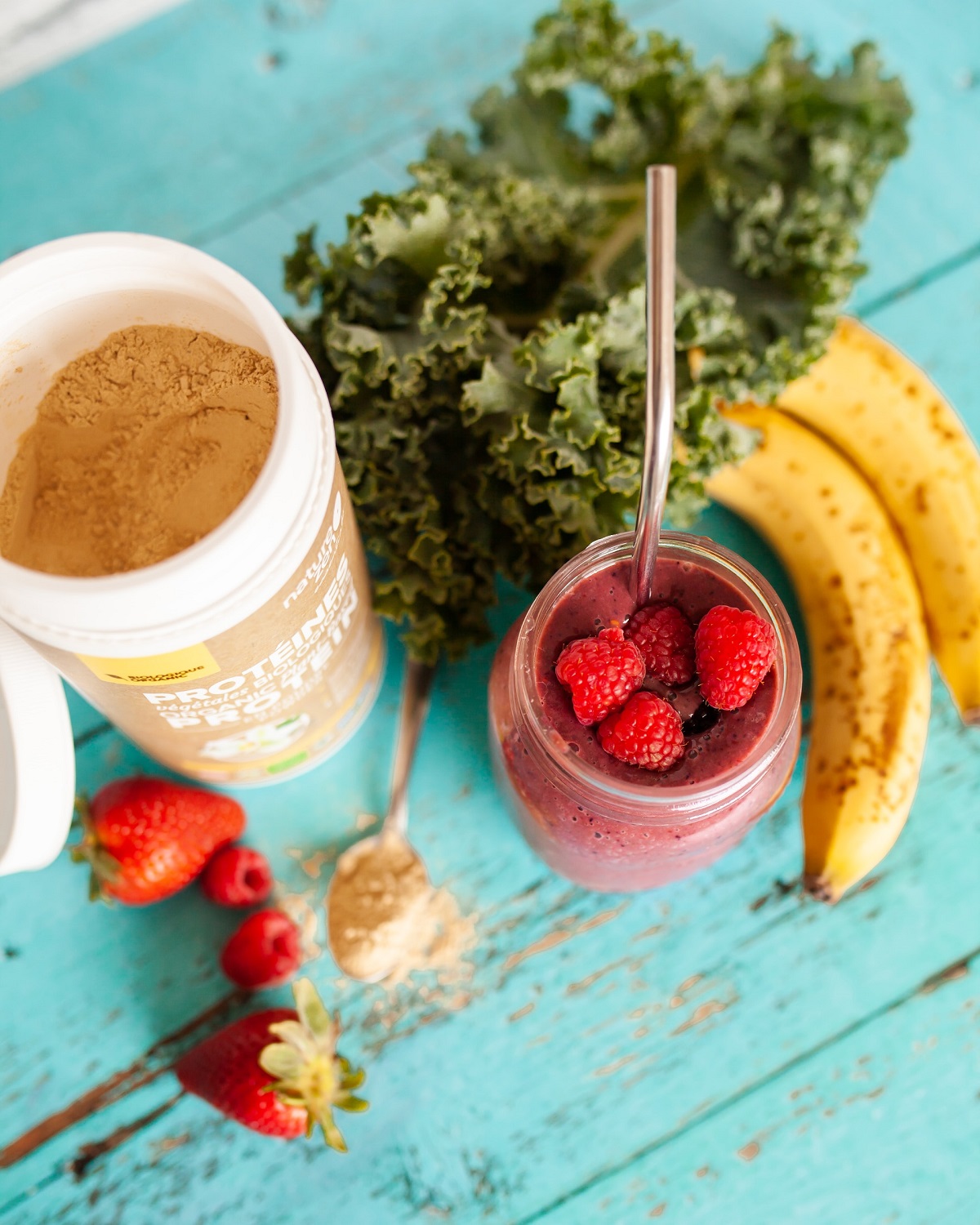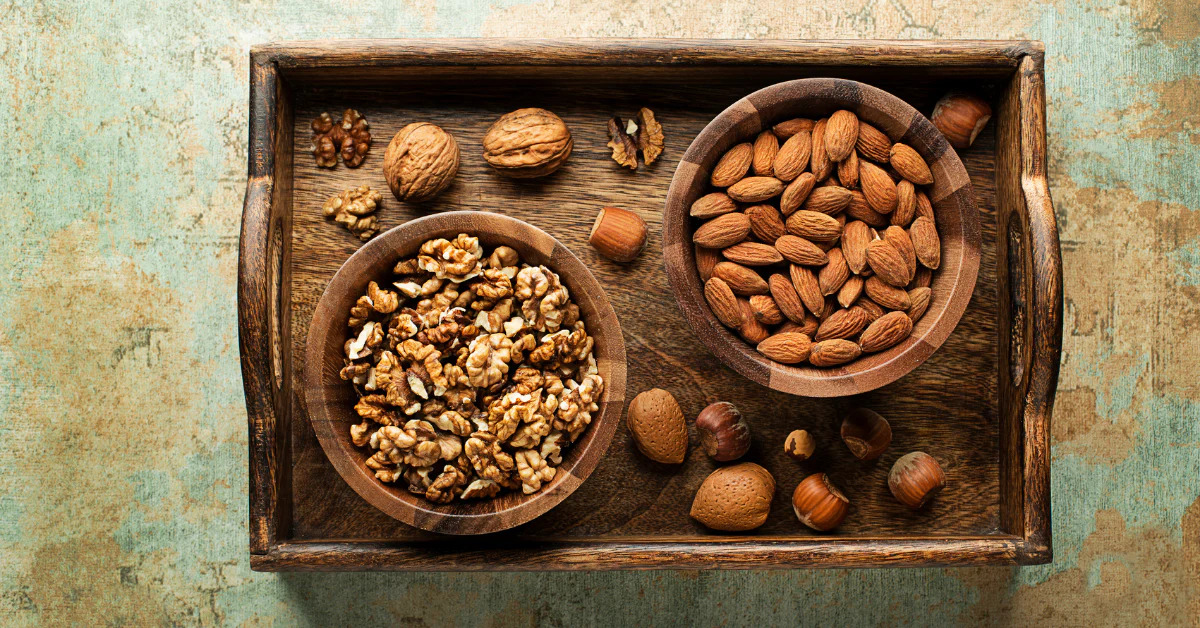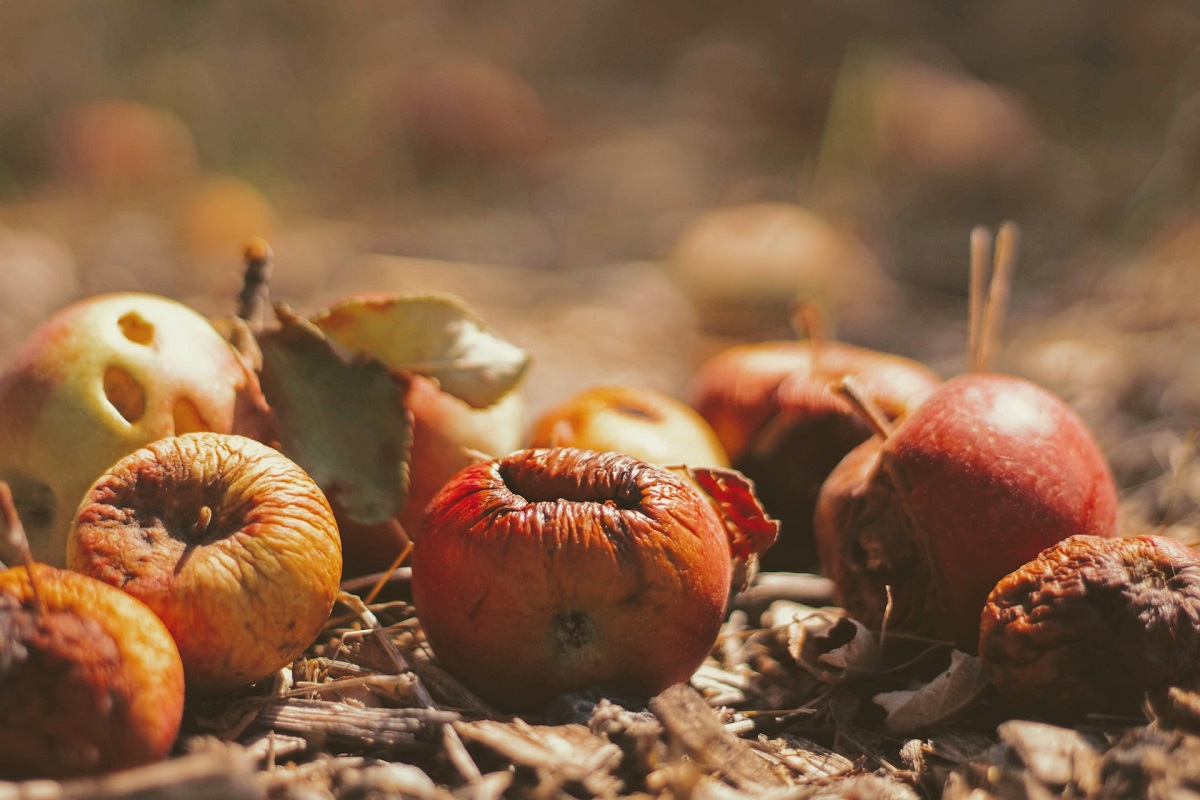How And When To Sow Tomato Seeds?
when to sow tomato seeds? Growing tomatoes in your home are common; they can be grown from seeds indoors, brought up as mature plants, and grown outside in a pot or in-ground. You can also grow them in a greenhouse. These plants need sunlight and a warm, sheltered area if they are planted outside, and also they need a hot long summer season for proper growth.
They grow well and earlier in a greenhouse than in those that grow outside. In a greenhouse, they have fewer chances of being infected by any disease. Tomatoes require more attention and care to grow well than other plants. It includes protection from diseases, proper watering, and feeding. But all the effort was worth it because you can eat your own homemade fresh and juicy tomatoes. There is a huge range of variety; you need to choose from them that will suit you more according to your need and garden space.
This article will give you detailed information about when to sow tomato seeds. Let’s start exploring.
Types of tomatoes:
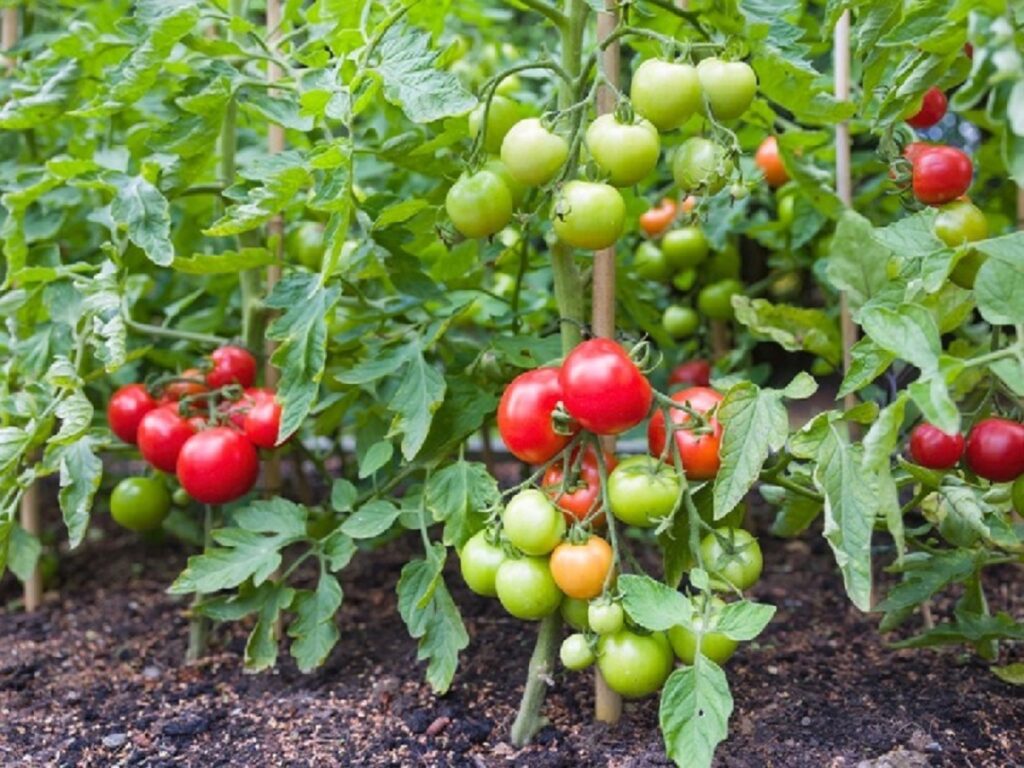
General two types of tomatoes are:
1. Bush tomatoes:
Bush tomatoes are wide in size but shorter in height; they are best for smaller gardens, growing bags, or pots. Smaller types of tomatoes can also be planted in wall-hanging baskets with branches trailing on the sides. They are the simplest type, can be grown very easily, and require less maintenance than feeding and watering them. The stem of this type of tomato normally doesn’t require any support unless it is heavily loaded with fruit.
2.Cordon tomatoes:
These tomatoes grow very tall, up to 6 feet, and need tall support. They are perfect for growing in a greenhouse but can also grow well in sunny areas outsides if you are planting them in a pot or in-ground in front of a south-facing wall. Cordon tomatoes are also useful if you don’t have enough space because they grow vertically and tall and produce a crop with heavy fruits. They need regular maintenance, watering, feeding, and trimming extra stems.
When to sow tomato seeds:
Tomatoes are easy-to-grow fruits usually grown indoors in warm weather. If you are growing them in the greenhouse, plant them from the end of February to mid of March. Or, if you plan to grow them outside in the garden, plant them from the end of March to the beginning of April.
Take a small pot, fill it with organic fertilizer of seeds, fill up enough water, and then sow three seeds on the bottom of the pot. Add vermiculite on the top and keep it at 18 degrees centigrades; keeping it in a heated propagator is also good. You can also place it on a window shelf; covering it with a clean plastic bag is beneficial. As soon as sapling starts appearing normally in a half month, uncover the plant and place them where direct sunlight reaches to prevent them from growing small, thin, and leggy.
Potting the seeds:
After a few weeks, shift the seedlings into separate pots:
- Fill each pot with all-purpose compost and water the small poots. Now, with the help of a dibber, make a small hole in the center of each pot.
- To shift the seedlings, lift them and withhold them by a leaf instead of a delicate and weak stem. Then transfer it to a new pot; if seedlings are long, bury them and remain only the first leaves outside.
- Keep these small pots in the greenhouse, place them on a window shelf where the temperature remains at least 16 degrees centigrades, and water them regularly.
Tomatoes Plantation:
Before being planted, tomatoes need to be hardened because they are delicate and soft. For this purpose, you must store them in a cold frame if you don’t have cold frames. You can place them outside of the greenhouse for a week. But you must bring them in at night; the next week, you can leave them outside for the whole day and night.
Normally, people plant tomatoes in large growing plastic bags or greenhouses. But they can also be planted in the ground, but in this scenario, they need a sheltered, warm, and sunny location.
1. When to sow tomato seeds In Containers:
Tomatoes grow very well in large containers in full sunlight; for plantation, you should use loam compost or all-purpose. Plant one tomato at a distance of 12 to 18 inches from each other, and you can place two in a growing plastic bag.
- Bush types are perfect for troughs, windowboxes, patio containers, and hanging baskets.
- Cordon types are ideal for growing in large containers with a tall stick for support. It will make the pots heavier in weight, so place them in a sheltered area, ideally in front of a sunny wall or within the greenhouse.
2. When to sow tomato seeds In-ground:
Tomatoes bloom in free drainage and rich soil, but they should be water retentive. Choose the sunniest, warmest area but safe from the wind, dig the garden, and add fertilizer before plantation. Now, deeply plant the tomatoes and let the first leaves above the ground and water them. You can check seed packing to understand the accurate distance between tomatoes.
Add a firm and solid stick to the plant with cordon tomatoes and tie it lightly in the stem. While plantation in a greenhouse border, you can also use vertical cords to support the plant. To hang them down vertically, tie the codes to the roof and bury other ends of plants.
Care of tomato plant:
The following factors are involved in taking proper care of tomato plants:
1. Watering the plant
Water the plants regularly in order to keep the oil hydrated and also compost moist. Changing water levels can cause issues like cracking the fruits. On the other hand, plants growing in containers dry in less time, so they need water daily, especially in hot weather.
2. Feeding the plant
To increase the number of fruits, particularly in container plants, feed them with high potassium liquid fertilizer every 10-14 days.
3. Mulching
Use a thick layer of compost over the soil on all sides of the tomato plant; it will help the moisture to stay in the ground and prevent weeds. Use deep-rotted manure but leave space for the bottom of the stem to avoid rotting.
4. Pollination
While growing tomatoes in a greenhouse, open the ducts regularly to give way to pollinating insects for flower pollination. You can also slightly move the flower or can shake it to help the pollen transfer within the flower. Sprinkling water on the flowers can also help.
Trimming of plants:
Tomatoes are treated differently according to their type; you need to check your seed packet to see that which kind of tomatoes you are growing:
1. Cordon tomatoes:
are tall and have single stems, so they need tall support, and extra side shoots need to be cut down regularly.
1. Cordon tomatoes training:
Support is required for cordon tomatoes, typically in the form of a tall, stout cane or a vertical rope that hangs from horizontal support above, such as a greenhouse roof, and is fixed in the ground beneath the plant’s rootball. Tomatoes must be tied by hand as they grow because they do not naturally adhere to supports or twine around them. Simply tie the main stem to the cane support as it grows if one is being used.
If you’re using a vertical string, you should carefully coil the string around the top of the main stem once or twice a week as the plant grows. Remove the growing point of the main stem when the plant has reached the top of its support or has produced seven fruit trusses indoors or four trusses outdoors.
2. Cordon tomatoes trimming:
The ideal way to cultivate cordon tomatoes is as single-stemmed plants. But these robust plants spontaneously grow side shoots from where the main stem and the leaves meet. In order to preserve plants growing vertically on just one stem, these side shoots should be removed. The side shoots, which produce few fruits and take up a lot of space if they are not pruned, develop quickly and quickly form a jumble of long, scrambling, green stems that are difficult to support.
Every time you water the plant, look for any side shoots that are emerging from the joint between each leaf and the stem slightly above the leaf. These can be snapped off or pinched out.
2. Bush tomatoes:
are more solid and thick; their shoots don’t need removal. They need support or not; it all depends on their growth if they can carry the weight of their fruits or not.
1. Bush tomatoes support:
Compared to cordon tomatoes, bush tomatoes are more compact, less vigorous, and could not even require propping. The side-shoots, however, may begin to droop or be in danger of breaking if they are carrying a big harvest of fruits. If necessary, just add brief vertical canes as needed, loosely attaching the shoots to the cane
Harvesting the tomatoes:
Depending on the type, the climate, and the size of the fruit, tomatoes begin to ripen around the middle of the summer. Smaller cherry tomatoes ripen more quickly than larger ones, and tomatoes grown in greenhouses typically begin to bear fruit earlier than tomatoes grown outdoors and continue to do so well into the fall.
When tomatoes are ripe and completely coloured, remove them from the plant individually while the stalk is still attached. Lift outside plants with unripe fruit at the end of the growth season and place them on straw beneath cloches or harvest the fruits and place them somewhere warm and dark to ripen. Alternately, to speed up ripening, place some unripe tomatoes and a banana in a drawer.
Storing of tomatoes:
The freshest tomatoes are the best to eat. However, if you have an excess, fully ripe tomatoes can be stored in the refrigerator for about a week to prevent mold growth. However, try not to store them in the fridge for too long since the texture may change.
To experience the full flavour, bring them back to room temperature before eating. If the tomatoes aren’t quite ripe, let them sit out at room temperature until they are.
Conclusion:
Now the question when to sow tomato seeds are plain directed that Tomatoes are heat-loving plants that are completely unable to tolerate freezing. The best time to seed tomatoes depends largely on your growing setup, even if each year is unique, and you should keep an eye on weather patterns and based on your growing zone’s latest frost date. I strongly advise setting up an indoor growing area to start your tomatoes if you have the time and room to do so. Your tomatoes will value the additional care and warmth.
Read More Article: Where does a carrot seed come from?
